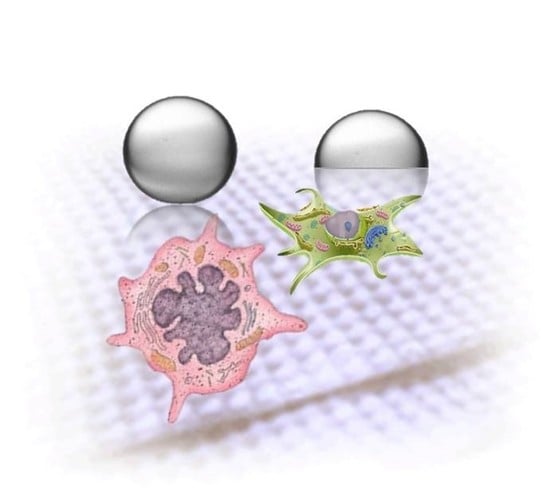Mammalian Cell Behavior on Hydrophobic Substrates: Influence of Surface Properties
Abstract
Share and Cite
Ferrari, M.; Cirisano, F.; Morán, M.C. Mammalian Cell Behavior on Hydrophobic Substrates: Influence of Surface Properties. Colloids Interfaces 2019, 3, 48. https://doi.org/10.3390/colloids3020048
Ferrari M, Cirisano F, Morán MC. Mammalian Cell Behavior on Hydrophobic Substrates: Influence of Surface Properties. Colloids and Interfaces. 2019; 3(2):48. https://doi.org/10.3390/colloids3020048
Chicago/Turabian StyleFerrari, Michele, Francesca Cirisano, and M. Carmen Morán. 2019. "Mammalian Cell Behavior on Hydrophobic Substrates: Influence of Surface Properties" Colloids and Interfaces 3, no. 2: 48. https://doi.org/10.3390/colloids3020048
APA StyleFerrari, M., Cirisano, F., & Morán, M. C. (2019). Mammalian Cell Behavior on Hydrophobic Substrates: Influence of Surface Properties. Colloids and Interfaces, 3(2), 48. https://doi.org/10.3390/colloids3020048







